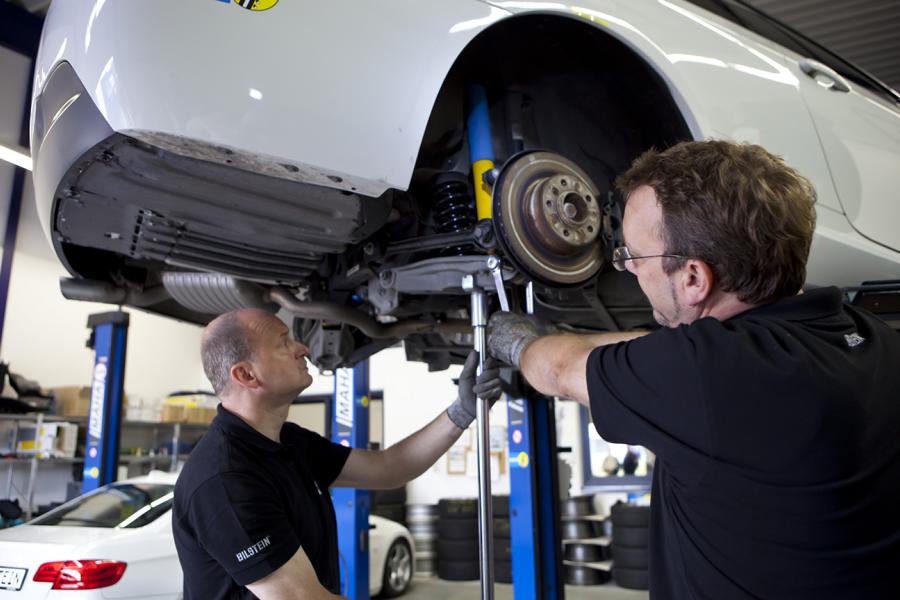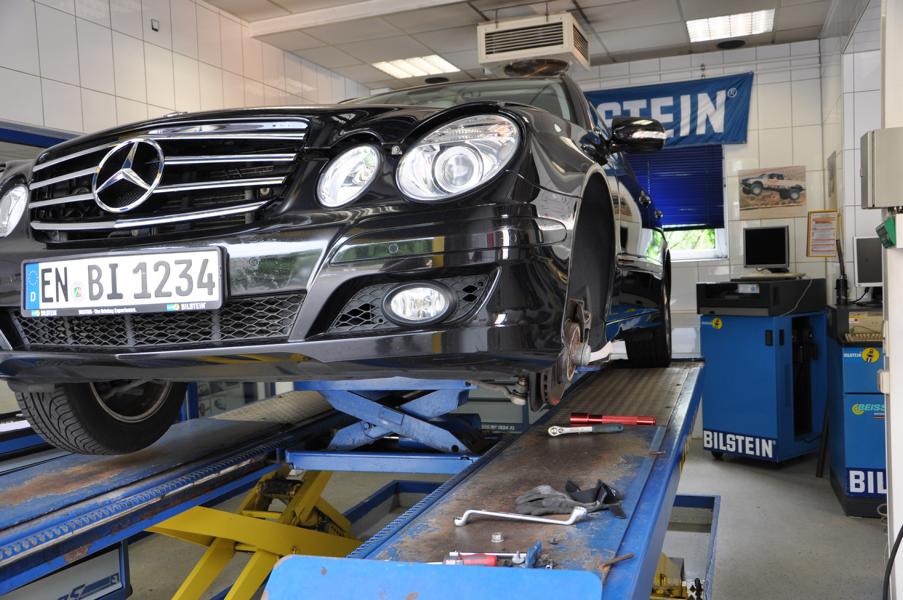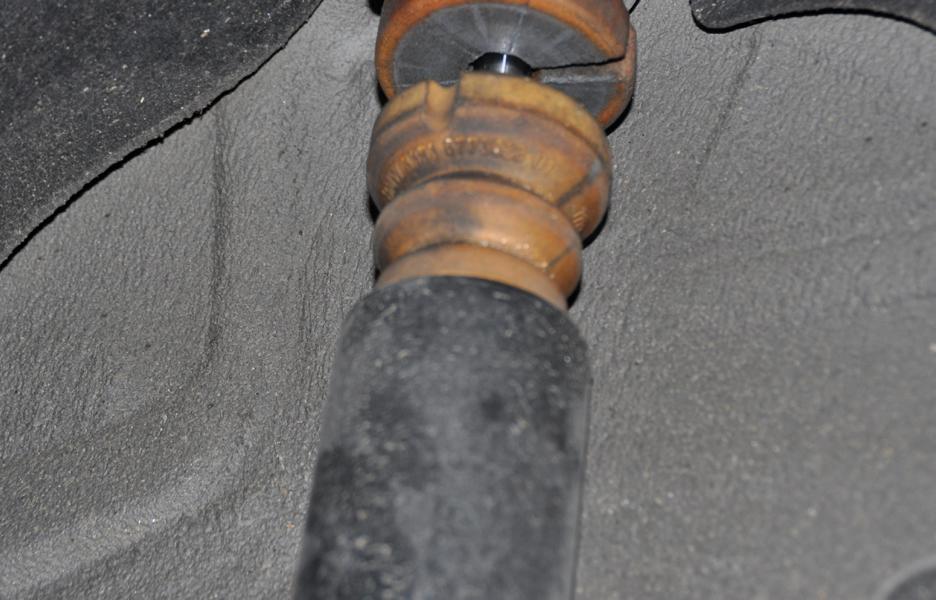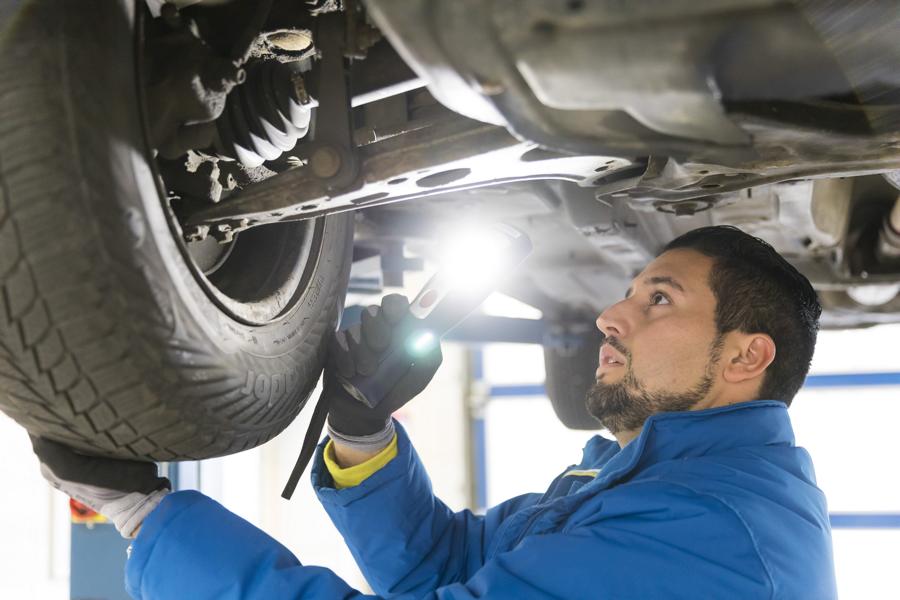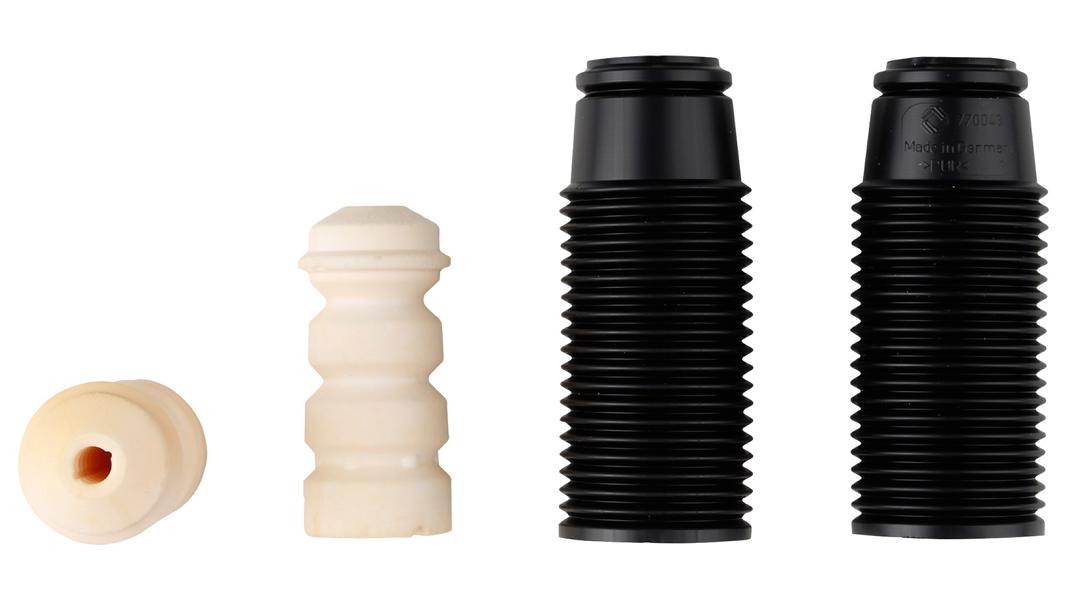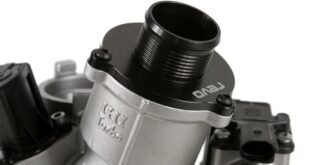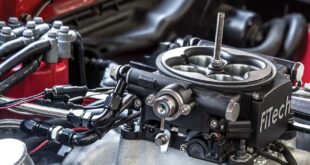Recently updated on January 27, 2022 at 10:19 am
Every shock absorber is only as good as the associated attachments and service parts. The BILSTEIN B1 product range includes support bearings, protective tubes and stop buffers. During the chassis check, which is recommended every 20.000 kilometers at the latest, all of these components should be meticulously examined and replaced if necessary - this also applies, of course, to a shock absorber change. The pressure stop, also known as the stop buffer, plays an important role in terms of driving behavior. It is an elastic component that is attached above the piston rod.
The pressure stop buffers the movements of the shock absorber (actually a vibration damper) that occur while driving so that it is not damaged. This is particularly important with high payloads and strong stimulation. At the same time, the pressure stop prevents the body from rocking dangerously when cornering by reducing the shock movement of the damper. In terms of design, the stop buffer combines excellent damping properties with high mechanical wear resistance and exceptional resistance to chemical and other external influences. Here it becomes clear that high technical demands are to be made on this component.
Possible consequences of worn pressure stops
A worn or defective stop buffer is not a triviality or even a blemish. You can tell by the fact that it can cause the same suspension problems as a damaged or worn shock absorber. And there is one more thing in common: in both cases, the driver is hardly aware of the problem, as the deterioration usually occurs gradually - keyword “habituation effect”. That is why the regular chassis check by the workshop is extremely important. Otherwise it can happen that the problem only becomes clear in extreme situations such as an abrupt evasive maneuver or emergency braking: If the vehicle then proves to be uncontrollable and has an accident, it may be too late for a repair.
Stop buffers in a tuning context
Pressure stops have another task that has not yet been mentioned: If a chassis spring breaks or an air spring is completely depressurized due to a defect, they guarantee that the wheels can move freely. It is therefore forbidden to manipulate the stop buffers. In the tuning area, for example, they are often shortened in order to achieve a more extreme lowering. Lengthening also occurs, which, among other things, should ensure that the wheels do not deflect too far. But be careful: the changes mentioned are just as risky as defects. Accordingly, both are criticized as major deficiencies in the main inspection.
How to recognize defective pressure stops
Typical failure symptoms often occur in connection with oily shock absorbers because they are leaky. The oil attacks the stop buffer and leads to premature aging of the material. Over time, the pressure stop therefore becomes less and less elastic and brittle - under load it can even disintegrate. As soon as his function is significantly impaired, the chain of problems continues. As a direct consequence, there is greater wear and tear on other chassis parts such as the shock absorbers themselves or rubber-to-metal connections.
The BILSTEIN tip: Check pressure stops regularly as part of a chassis check and replace them at the latest when changing the shock absorber.
Localize chassis problems professionally
The following test methods and test options are available to localize worn or defective pressure stops and other chassis errors in the workshop:
- Visual inspection: z. B. oil loss, broken spring, defective pressure stops, electr. links
- Test drive: z. B. Track security, braking behavior, steering behavior and noise
- Chassis check: z. B. Function, status, effect of the axis, deviation in percent
We hope that you have received our information report on the topic / term Pressure stops (Further designations / keywords are: stop buffer, protective cap, dust cover, stop rubber, rubber buffer, damper stop buffer, rubber buffer, dust protection kit, rubber stop, shock absorber damper, shock absorber, pressure stop) from the Autotuning category. Our goal is to have the largest German-speaking tuning lexicon (Tuning Wikipedia) and to explain tuning technical terms from A to Z easily and understandably. We are therefore expanding this lexicon almost daily and you can see how far we have already come HERE see. And soon the next one will be Tuning scene concept illuminated by us. There's a theme that not can be found in our Wikipedia? Then send us an email at kontakt@tuningblog.eu and gives us the term. We will write a suitable article as soon as possible. PS. By the way, you will be informed about new topics if you have ours Feed subscriber.
Below are a few examples from our tuning lexicon:
But of course tuningblog has countless other articles on the subject of cars & car tuning in stock. Do you want to see them all? Just click HERE and look around. We would also like to provide you with news aside from the tuning. In our category Tips, products, information & Co we pick up contributions from car or accessory manufacturers. And also our category Test sites, laws, offenses, information has almost daily new information for you. Here are a few topics from our tuning wiki:
|
Everything to do with the topic of "Turbo Muffler Delete-Kit"! |
Converting the carburettor engine to injection, is that possible? |
Retrofitting ambient lighting on the car. that's how it's done! |
"Tuningblog.eu" - we keep you up to date on the subject of car tuning and car styling with our tuning magazine and we present you the latest tuned vehicles from all over the world every day. It's best to subscribe to ours Feed and will automatically be informed as soon as there is something new about this post, and of course also to all other contributions.
 tuningblog.eu Your magazine about tuning the car
tuningblog.eu Your magazine about tuning the car
